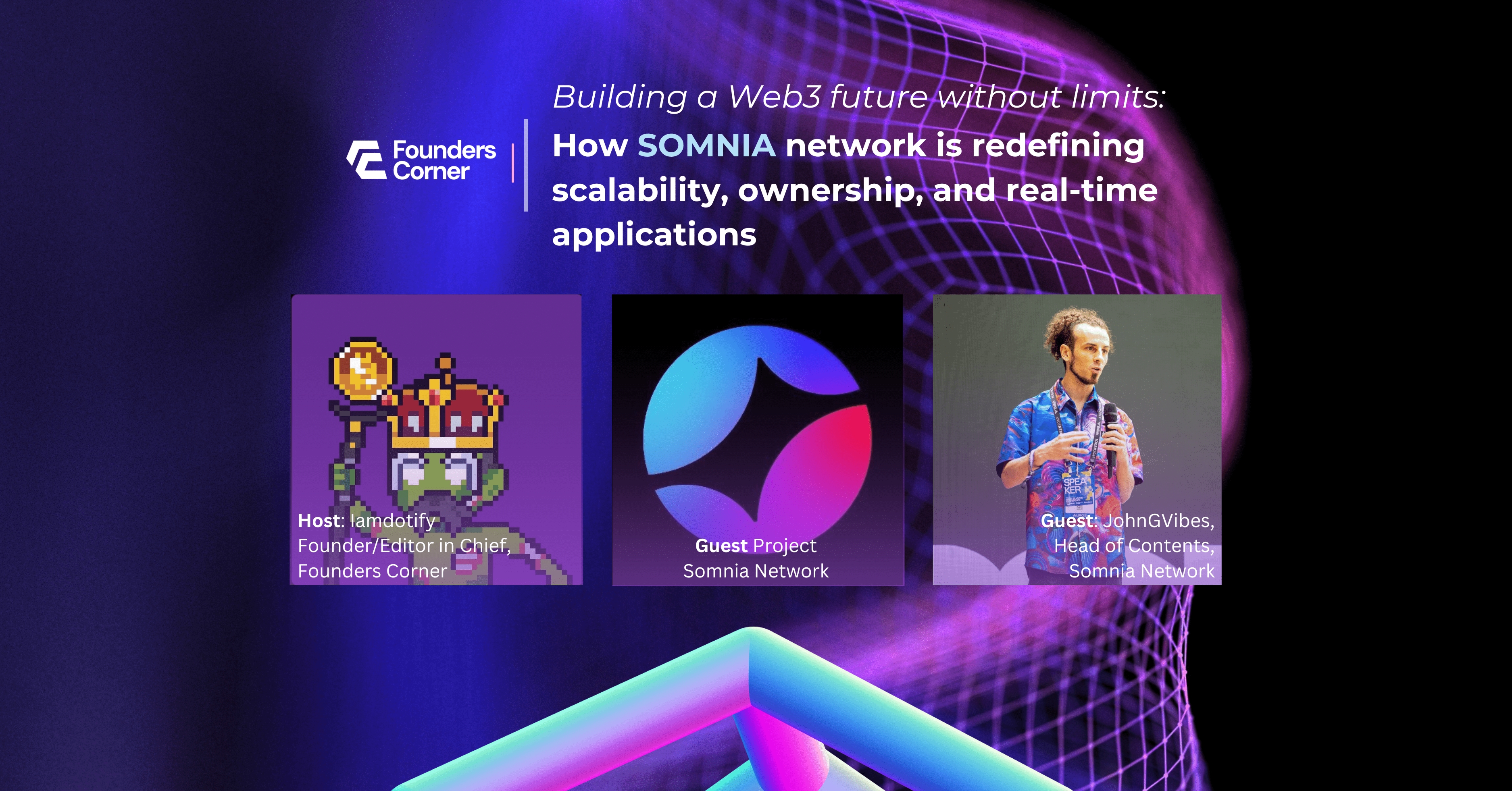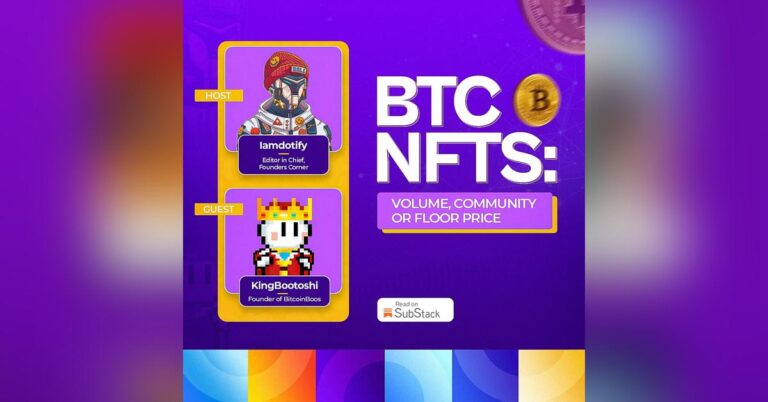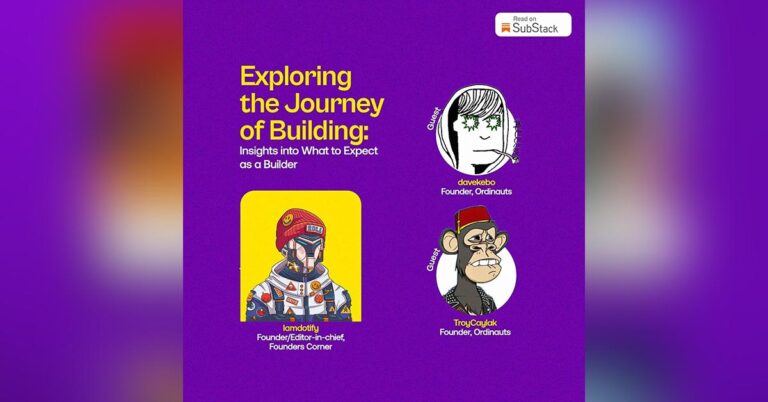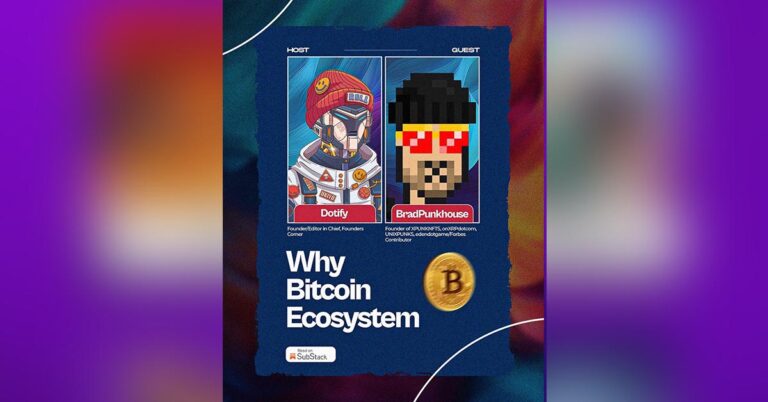Somnia is a high-performance blockchain designed primarily for gaming and other high-throughput entertainment applications that currently face significant challenges with conventional blockchains—whether due to high costs, gas wars, or scalability limitations.
Our architecture is built to make transactions not only extremely fast but also highly cost-efficient. This allows developers to put nearly everything on-chain, including game logic, unlocking new possibilities for game features that were previously impractical.
At a high level, our unique approach involves each validator operating its own independent data chain while also interacting with a global consensus chain. This structure dramatically increases throughput while ensuring continuous verification across the network.
Beyond this, we have implemented advanced compression algorithms and developed our own custom database to further optimize performance. This entire framework is what we call our MultiStream Consensus, which is at the core of how we achieve unparalleled speed and efficiency.”
ONE OF YOUR GOALS IS TO PROVIDE USERS WITH TRUE OWNERSHIP OF DIGITAL ASSETS. HOW DO YOU SEE THIS IMPACTING INDUSTRIES LIKE GAMING AND SOCIAL MEDIA, WHERE PLATFORMS TRADITIONALLY CONTROL USER DATA?
“This has massive implications, particularly in gaming, which is a key focus for us. One of the best examples is the billion-dollar industry surrounding cosmetic items and in-game skins
Many free-to-play games generate revenue by selling these digital assets directly to players, but once purchased, these items typically hold no resale value and remain locked within the game’s ecosystem.
With Somnia, we are enabling true asset ownership, allowing players not only to trade their in-game items freely but also to create their own skins and sell them in an open marketplace. This fosters a more democratized economy where users have control over their digital assets rather than being at the mercy of centralized gaming platforms.
At the same time, game developers and companies can still benefit by operating their own marketplaces and earning a small percentage from each transaction. This way, both users and developers share in the value created, rather than all the revenue being captured solely by the gaming companies. It is a win-win scenario that redefines digital ownership in gaming.”
YOU EMPHASIZE COMPOSABILITY AS A CORE PRINCIPLE. CAN YOU GIVE CONCRETE EXAMPLES OF HOW BUILDERS CAN LEVERAGE SOMNIA’S INFRASTRUCTURE TO CREATE INTEROPERABLE APPLICATIONS ACROSS MULTIPLE SECTORS?
“Absolutely. One powerful example is reactive applications—these are applications that can respond to on-chain events or even real-world events in real time.
For instance, imagine a game where the in-game environment changes dynamically based on real-world weather conditions. If it starts raining in your location, the game could reflect that change instantly, all triggered through smart contracts.
Another compelling use case is in local business rewards programs. An application could recognize when a user steps into a specific store and trigger a smart contract to automatically airdrop an NFT as a loyalty reward. This kind of seamless automation brings a new level of engagement between businesses and their customers.
Fantasy sports applications are another exciting example. With Somnia’s high-speed and low-cost transactions, real-world events—such as a player scoring a goal—could instantly trigger actions in a decentralized fantasy sports app, like updating a user’s points or rewarding them with tokens.
Previously, such real-time interactions were impractical due to the limitations of existing blockchains, but our infrastructure removes these barriers and opens up entirely new creative possibilities for developers.”
SOMNIA AIMS TO BRING WEB2-SCALE APPLICATIONS TO WEB3. WHAT ARE THE KEY CHALLENGES PREVENTING MASS ADOPTION, AND HOW DOES YOUR APPROACH DIFFER FROM PREVIOUS SCALABILITY SOLUTIONS?
“The biggest roadblocks to mass adoption have been cost and speed. A major issue is network congestion—when a popular application gains traction, blockchain networks struggle to handle the sudden surge in demand.
Many users’ first experience with blockchain happens during these high-traffic moments, whether it is a hyped NFT mint or a meme coin launch. But instead of a seamless experience, they encounter exorbitant gas fees—sometimes reaching thousands of dollars—or transactions that simply fail. These bottlenecks create a frustrating experience for both new users and seasoned developers, ultimately stalling the growth of Web3 applications.
At Somnia, we have tackled this problem by dramatically reducing costs and increasing transaction speeds, making high-performance applications truly feasible. There have been many scaling solutions before us, but our approach has already demonstrated significant success in DevNet and TestNet, surpassing one million transactions per second.
Our key innovation lies in our independent data chains, which provide massive throughput while maintaining a sequential processing order. This is crucial because some previous scaling solutions, like parallel execution, can improve speed and cost under normal conditions but tend to break down when a single smart contract or NFT launch draws overwhelming traffic.
Somnia’s architecture ensures that even under these high-demand scenarios, performance remains stable and scalable, setting us apart from many of the newer scaling solutions gaining traction today.”
YOUR UNIQUE MULTISTREAM CONSENSUS AND INDEPENDENT DATA CHAINS AIM TO ENHANCE PERFORMANCE. HOW DOES THIS APPROACH COMPARE WITH EXISTING MODULAR BLOCKCHAIN SOLUTIONS LIKE CELESTIA OR EIGENLAYER?
“Unlike many modular blockchain solutions, Somnia was built entirely from the ground up with a custom database and advanced compression algorithms designed specifically for high-speed, high-throughput performance.
One of the most critical innovations in our approach is what we call Accelerated Sequential Execution—a method that ensures all transactions are processed in the exact order they occur but at an extremely high speed.
While many blockchains have taken a parallel approach, we directly optimize for sequential execution, eliminating many bottlenecks that modular solutions still encounter when a specific contract or dApp experiences a surge in demand.
Our MultiStream Consensus was inspired by Autobahn BFT, a study that was largely overlooked. We were among the first to recognize its potential and successfully implement it in a live blockchain environment. This breakthrough allowed us to achieve performance levels that many modular blockchain solutions still struggle to reach today.”
Read Also: Experiment 9 Unveiled: Art, Provenance, and The Future of Onchain Creations.
AS AT THE TIME OF THIS INTERVIEW, THE CURRENT TESTNET HAS ISSUES WITH WALLET CONNECTION AND TESTNET TOKEN REQUESTS. HOW ARE YOU ADDRESSING THESE CHALLENGES, AND WHAT ROLE DOES COMMUNITY FEEDBACK PLAY IN REFINING THE NETWORK BEFORE MAINNET LAUNCH?
“That is a crucial part of why we have this testnet phase—to identify and resolve issues before the mainnet launch. The goal is to stress-test the system in real-world conditions, uncover any weak points, and refine the network accordingly.
We actively encourage our community to report any challenges they encounter by joining our Discord and reaching out through the developer chat channel. We also have a ticket system where users can formally log issues, and every piece of feedback helps us improve the overall experience.”
MANY WEB3 SOCIAL PLATFORMS STRUGGLE WITH ADOPTION. WHAT SPECIFIC INCENTIVES OR MECHANISMS DOES SOMNIA PROVIDE TO ENCOURAGE USERS AND CREATORS TO MIGRATE FROM WEB2 PLATFORMS?
“One of the biggest challenges in Web3 adoption—especially in gaming—is that many existing projects rely heavily on financial incentives like play-to-earn models or airdrops, rather than delivering genuinely engaging experiences.
We believe the key to mainstream adoption isn’t just the Web3 features—it is about offering high-quality products that people actually want to use, regardless of whether they know there’s blockchain technology running in the background.
By focusing on gameplay first and integrating Web3 in a seamless, unobtrusive way, we can attract a much broader audience beyond the typical crypto-native user base.”



